Forged Blades - What's the Catch?
When it comes to high-quality knives, you might have heard a lot of buzz around forged blades. They're often pitched as the pinnacle of craftsmanship and durability. But what's the catch? Are they really worth the investment, or is it just a marketing gimmick? In this post, we'll break down everything you need to know about forged blades and why they might be the perfect addition to your kitchen or workshop.
What Are Forged Blades?
Forged blades are created through a process that involves heating a piece of metal and then hammering it into shape. This traditional method has been used for centuries, producing blades that are known for their strength and longevity. The process typically involves the following steps:
- Heating - The metal is heated to high temperatures to make it malleable.
- Hammering - Skilled artisans or machines hammer the metal into the desired shape.
- Quenching - The blade is cooled rapidly to harden it.
- Tempering - The blade is reheated and then slowly cooled to remove brittleness.
Benefits of Forged Blades
1.Durability
One of the most significant advantages of forged blades is their durability. The forging process aligns the grain structure of the metal, making it much stronger and less prone to breaking or chipping. This means you can rely on your forged blade for years, even with regular use.
2.Sharpness
Forged blades generally hold a sharper edge for longer periods compared to stamped blades. This is because the forging process creates a denser metal structure, which can be honed to a finer point. For chefs and outdoor enthusiasts alike, a sharper blade means more precise cuts and a better overall experience.
3.Balance
The forging process allows for better weight distribution, resulting in a more balanced blade. This balance is crucial for tasks that require precision and control, such as filleting fish or slicing vegetables. A well-balanced knife reduces hand fatigue, making it easier to use for extended periods.
4.Craftsmanship
Forged blades are often handcrafted by skilled artisans, making each piece unique. The attention to detail and the high level of craftsmanship involved in creating a forged blade make it a work of art as much as a functional tool. Owning a forged blade is like owning a piece of history and tradition.
Are There Any Drawbacks?
While forged blades offer numerous benefits, there are a few drawbacks to consider:
1.Cost
Forged blades are usually more expensive than stamped blades due to the added labor process involved in making them. However, many consider this higher cost a worthwhile investment for the added durability and performance.
2.Maintenance
Forged stainless steel bladeslike those offered by Forge de Laguiole feature all the advantages of forged blades without the maintenance of forged carbon blades.
Forged blades made of high-carbon steel often require more maintenance to keep them in top condition. Regular sharpening and proper storage are essential to ensure the longevity of your blade. Fortunately, the effort you put into maintaining a forged blade is often rewarded with superior performance.

How to Choose a Forged Blade
Forge de Laguiole is the only Laguiole manufacturer in France that forges all pocket knife blades in-house. They own and operate the forge, which is why they're called "Forge de Laguiole."
Aside from the 7 cm penknives, all Forge de Laguiole pocket knife blades are forged in the village of Laguiole. Inspiring!
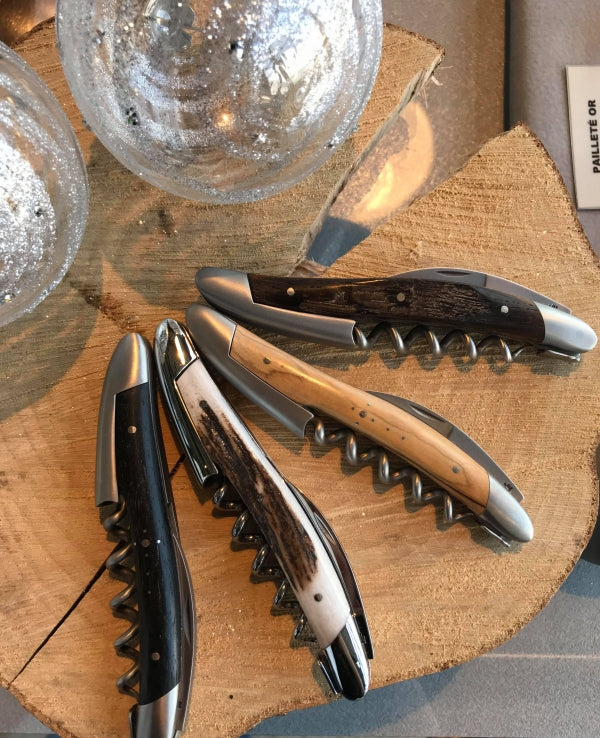

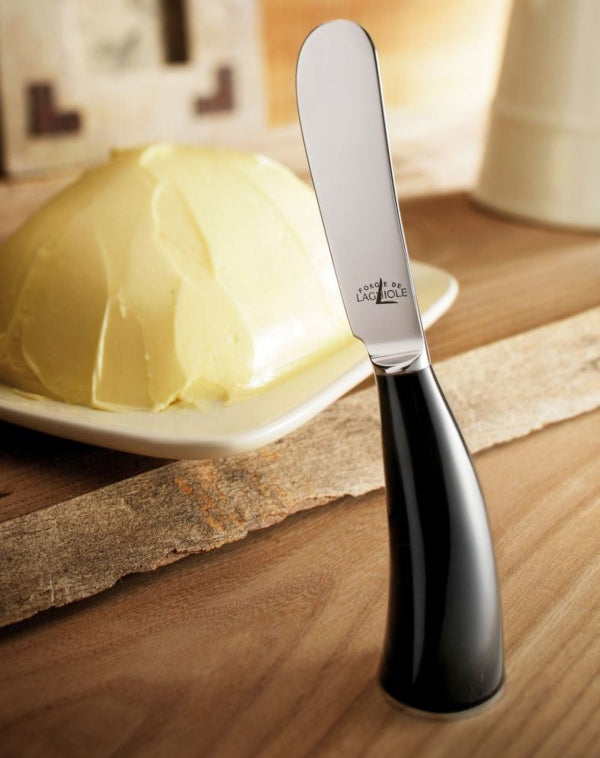
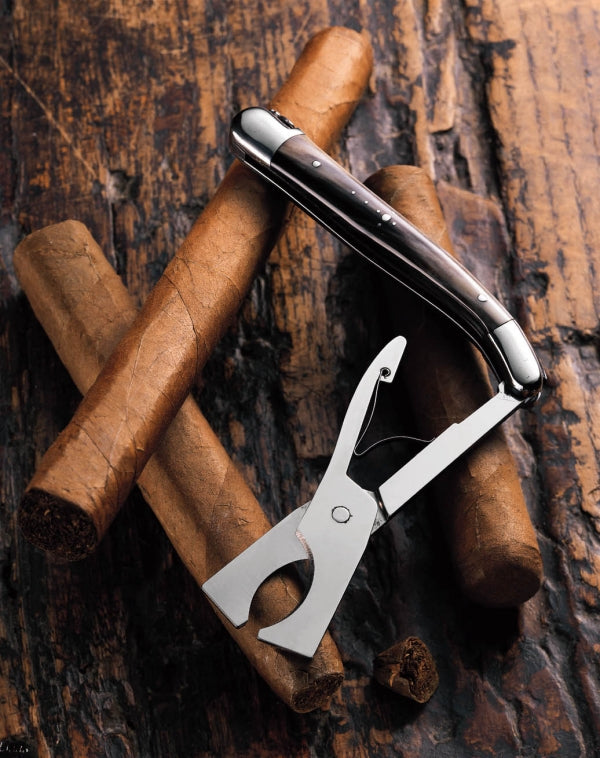
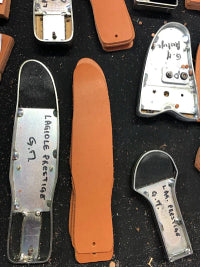
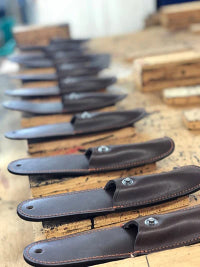
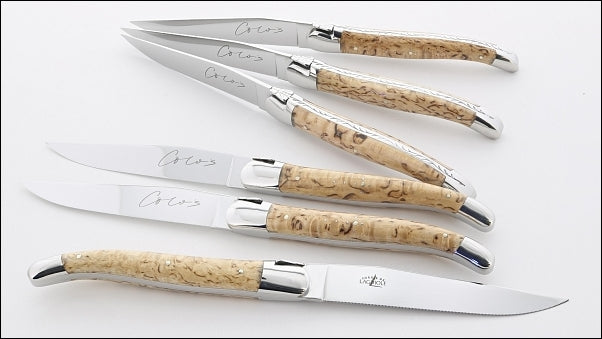
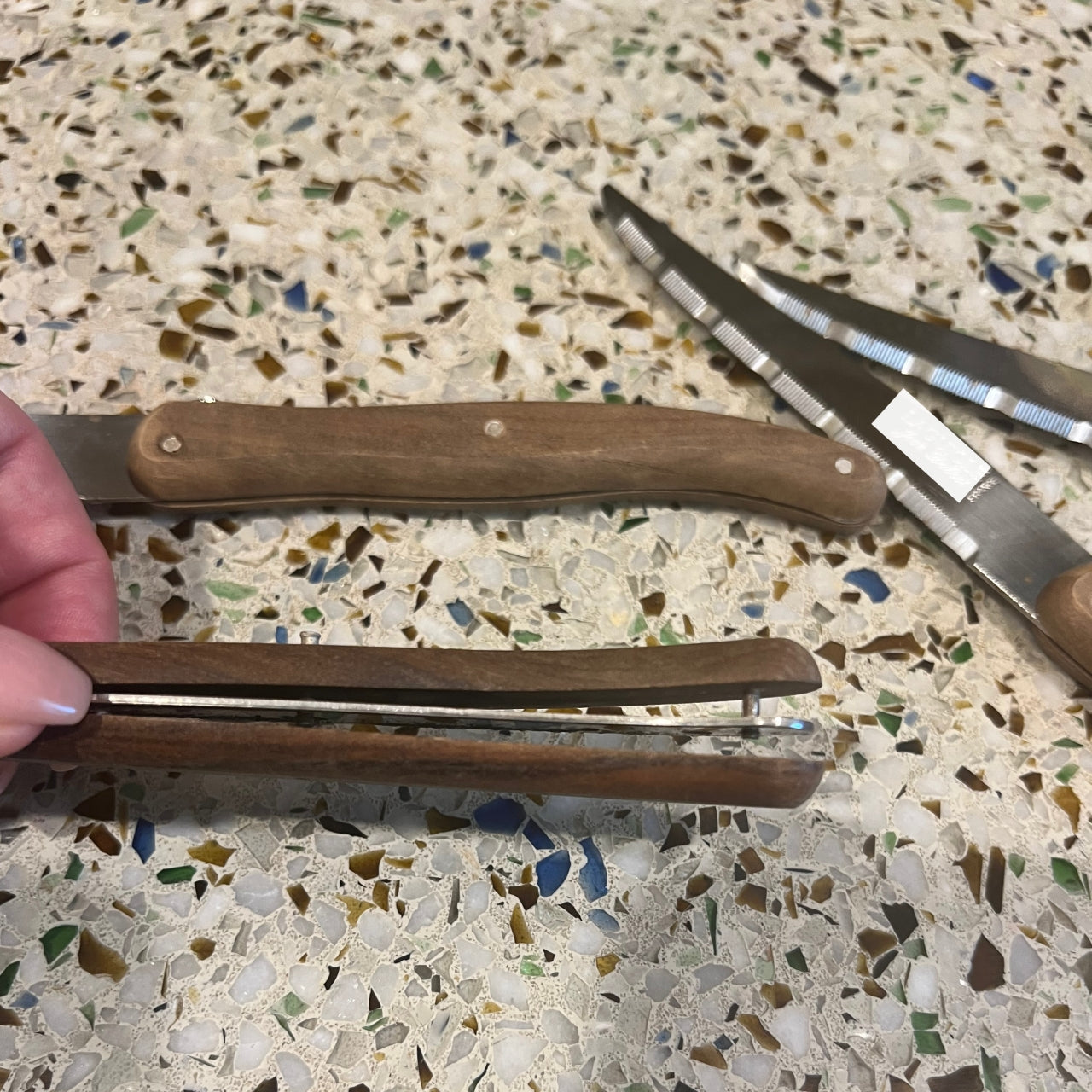
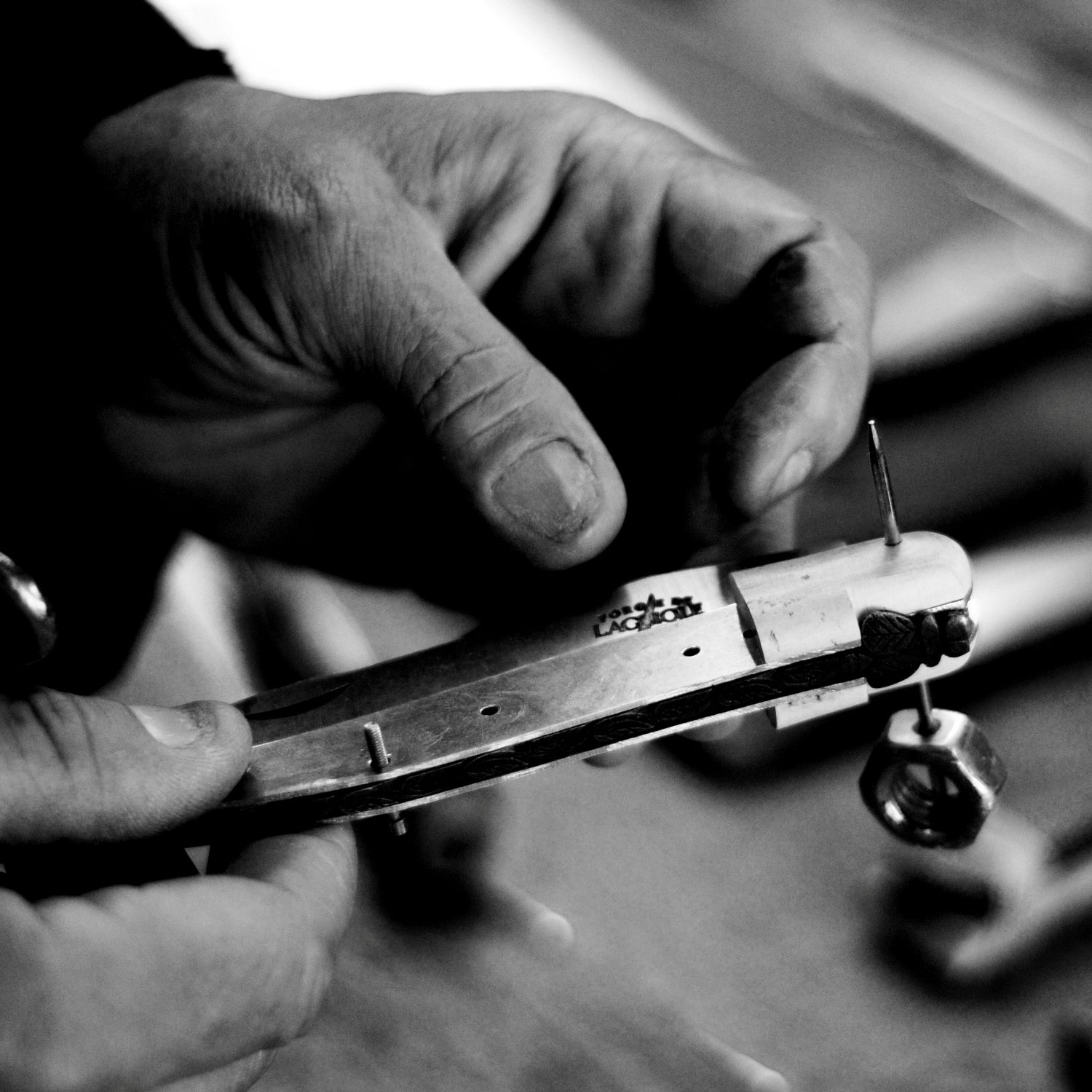
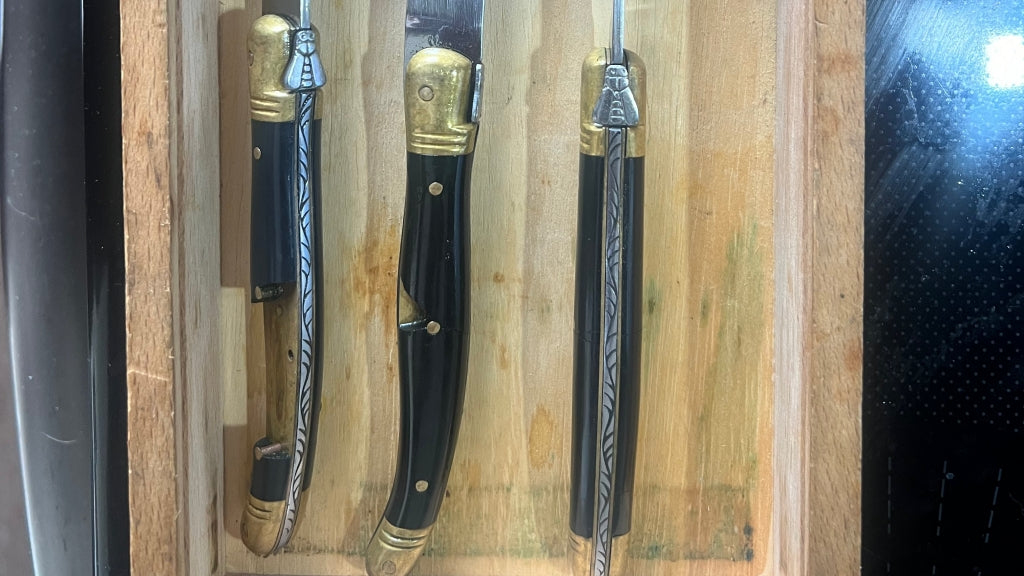
Leave a comment (all fields required)